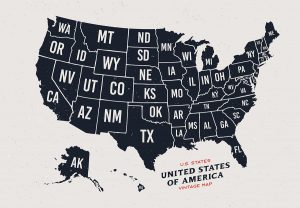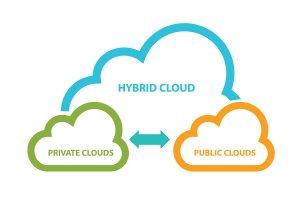
Local governments are quickly becoming home to some of the most innovative applications of big data, analytics, machine learning, IoT, and artificial intelligence. This embrace of new technology is borne out of necessity. Local governments have had to get creative to meet the needs of citizens, demanding a more digital government, while dealing with tight budgets. Cities have introduced apps that allow citizens to report potholes, they have installed "smart" lighting to conserve energy, government organizations have opened up data to allow people to apply for permits online and see the status of their case, and so much more. Additionally, local governments are taking a new look at how to better use and correlate all of the data they hold to enhance city and public health planning.
In the midst of these exciting applications of new technologies, there are challenges. Privacy is a huge concern, both from a data perspective as well as images and information captured from IoT devices across a city. There's also a communication and publicity challenge. Citizen-centric apps and services do no good if people don't know they exist or don't use them. Similarly, there is a learning curve for employees and citizens, and developing the right training to encourage new technology use is critical. Continue reading








